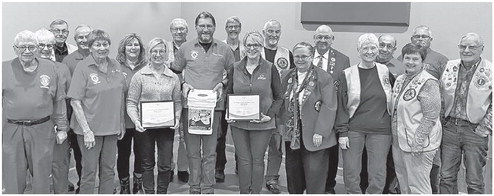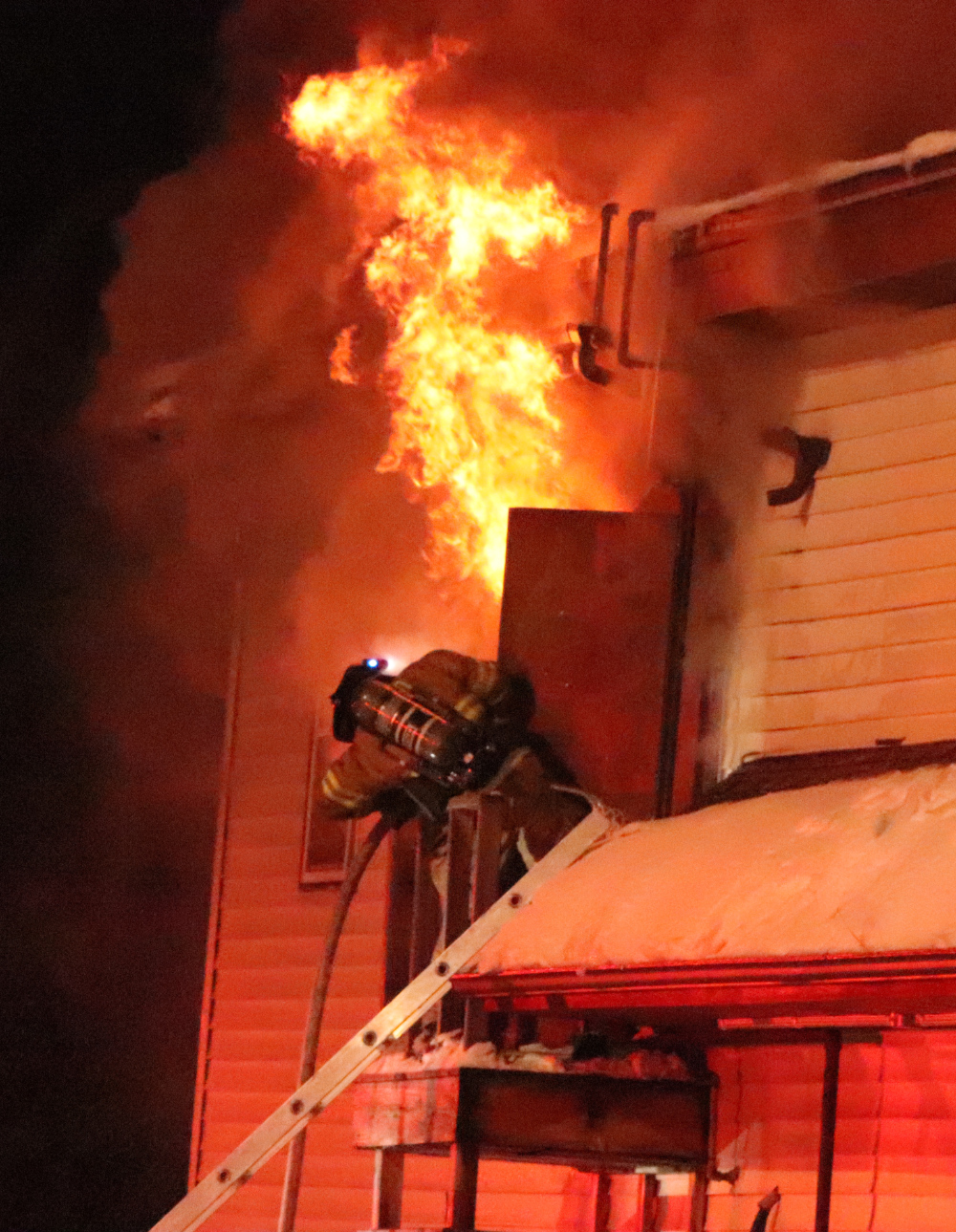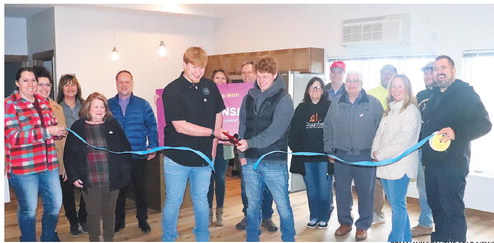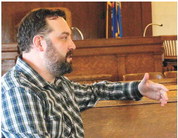Bank chief says banking in Wisconsin remains safe, secure


In the wake of government regulators last week seizing California-based Silicon Valley Bank (SVB) and the federal government taking swift action to guarantee depositors will be c...





